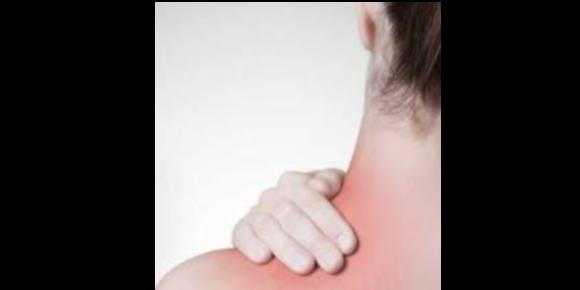
“I just pulled a muscle." This is a phrase I hear a lot from my fellow athletes – especially on Mondays at the office! We've all done it, whether it was reaching just a little too far at the rock climbing gym, pushing just a little too hard at yoga, or taking that one last jumpshot at basketball when you're tired and should have known better. But what could a pulled muscle be telling us, exactly? And how could that information influence our care approach, to get us back to doing what we love as soon as possible?
To understand what is commonly referred to as a "pulled muscle," let's look at all of the players in the equation: Muscles, tendon, ligaments and joints. The purpose of the muscle is to move a joint; the muscle is attached to the bones of a joint by a tendon at both ends. A ligament is a supportive rubberband-like structure within a joint that attaches one bone to another, helping to maintain stability and limit motion. The joint is the entire complex that works as a unit to achieve motion of the human frame.
Muscles are by their nature elastic. A muscle will only stretch so far, since it is attached to a structure that normally limits this. If the joint is forced to move past its normal functional range of motion – e.g., a twisted ankle or hyperextended knee – the muscle will be pulled taut and possibly injured, like an elastic fabric stretched past its limit. But barring injury, a muscle will not normally get "pulled" to or past its limit.
Then what is this thing we refer to as a pulled muscle? More likely, we're experiencing localized muscle spasm, tension, or imbalance, than an outright "pull." This becomes an important distinction clinically; for a true sprain/strain, rest is indicated, so muscles, ligaments and tendons can self-repair. However, in the absence of frank injury, muscle pain is often indicative of another underlying issue, such as a trigger point or myofascial tension, or a joint restricted in its motion by misalignment or subluxation. This problem is more of a structural problem, which would therefore require a structural correction, rather than simply rest.
It’s also important to consider how long the abnormal situation has persisted. Sore muscles a day after a good workout is not abnormal. But any symptom, especially one-sided, that persists after a few days should be looked at more carefully and not brushed off as a "pull," because it's those persistent nagging issues that pile up, one by one, and decrease the body's function. Recurrent issues or those that do not self-resolve quickly are often more than just a "pull.” They can indicate the presence of a structural shift that is predisposing the body to injury or premature wear and tear, and decreasing its optimal function.
An analogy: A pothole might knock your car's alignment off a bit. You may or may not notice this small shift; perhaps steering straight just requires a bit more pressure on one side of the wheel at highway speed. You get used to this new feel, and you might even forget it's not normal to have to correct your steering all the time. But even if you can't feel it (or choose to ignore it), misalignment of the tires will have an effect on the treads, and perhaps on the suspension itself, in the long run.
A structural shift in the body, often experienced as what we label a "pull," is a lot like a misaligned tire: It may seem like an annoyance in the short term, but in the long run it may have consequences for the body such as osteoarthritis, disc degeneration, and abnormal patterns of walking and standing. But that's not all: a structural shift can be the result of vertebral subluxations, which affect both the structure of the body and its adaptability as a whole, as mediated by the nervous system. The consequence of leaving vertebral subluxations and structural shifts in the body uncorrected can be a body that is not adapting well, leading to injury and illness.
If you keep sensing that same "pull" coming back, it's time to get it checked out. You can replace lots of parts on your car, but replacement parts on your body are pretty expensive these days, and replacement will certainly take you out of the game for a while. And a bit of maintenance along the way can help you to prevent the need for major repairs later.
So how do you tell whether what you’re feeling is a muscle problem, a ligament problem, a joint problem, or a global structural problem? The answer I give people for this question is a simple one: YES. Because you can't have one without the others – everything in the body is connected, and a muscle cannot be considered as separate from its joint, ligament, or the structure as a whole. A successful approach to correct the problem must include identification of how each of these components is related, as well as which "angle" will work best to guide the body back towards normal structure and function.
I encourage you to pay careful attention to anything in your body you’re tempted to label as "just a pull." Your body is your machine, and a sensation of imbalance is an indication the machine needs tuning or maintenance. Listen to your body – don't ignore or medicate these signals into silence - because there's a world of difference between the muted hum of a well-tuned engine, and lack of sound reaching your ears due to "la, la, la, I'm not listening!"
